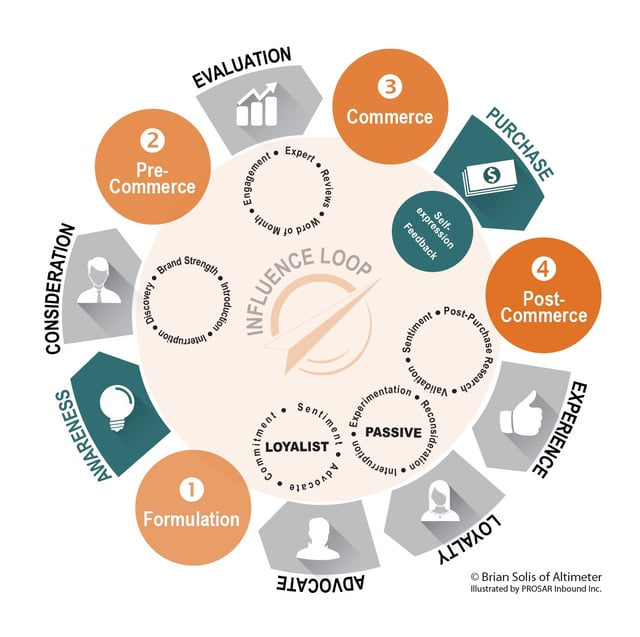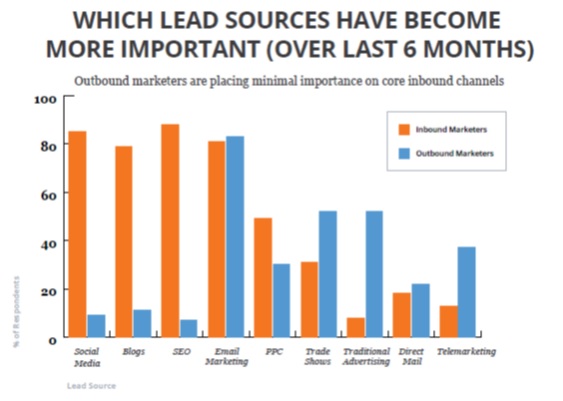Creating a meaningful website
Natural photos and bold colours. Hero sliders and parallax feature strips. Material Design and micro-interactions. These were among the trends to watch in 2015 and the predictions for 2016. Trends are ever-changing – otherwise, they wouldn’t be trends! – and it’s important to keep up with current design and navigation preferences to give your website visitors the user experience they are seeking. However, in our rush to keep up with the online Jones’, it’s important that we don’t get lost in the trends and forget about the basic principles of a good website. If you fail to deliver meaningful, relevant content and a welcoming, accessible user experience, you’ll end up with a pretty-looking website that still fails to engage your target audience.

So, what are the fundamentals?
- Above all, identify your business objectives: What does success look like for your business? What does your website need to offer to help make that happen? What do you want visitors to accomplish on your site? What unique value do you offer them?
- Next, define your target audiences: Who are you ideal customers? What do they want to achieve when they come to your website? What sort of content are they looking for?
- Develop a strategy and stay focused: How will your website help your leads, qualified prospects, and customers achieve their goals? What web elements will complement your customer engagement efforts and facilitate your sales process? How can you make your site inviting and useful without being cluttered?
- Develop your site structure with the user in mind: How does your target audience want to interact with you? How should your site menus be set up so that your valuable content is easy to find? Does your site navigation enable your visitors to achieve their objectives each time they visit?
- Invest in the creation of compelling, intelligent content: Is your content written specifically for the web to ensure easy scanning and readability? Have you added engaging graphics, video, and audio to augment the text? Is your content truly relevant and valuable to your target audience?
- Make it easy for your audience to communicate with you and share your content: Do you have easy-to-use contact and feedback forms? Sharing buttons? Links to your social media channels?
- Incorporate SEO: Did you consider Search Engine Optimization, with relevant and on-trend keywords, tags, and messaging throughout your website? Have you identified where you can provide links to external content and expert resources, and which of those expert sources are willing to provide links back to your content?
- Foster ongoing lead generation and nurturing: Do you have Calls to Action (CTAs)that drive visitors to your website in all your promotional campaigns, social media activities, and events? Have you published blogs or articles that establish your expertise and set you apart from your competition? Have you implemented workflows that nurture leads through your sales funnel?
- Evaluate and respond to your website traffic– Have you set up analytics tools to assess site traffic, performance and achievement of goals? Have you asked your audience for feedback on whether your site is meeting their needs? Do you have a process in place to follow up on that feedback and the results of your analysis?
Whatever the current trends or the “next big thing” may be, these essential building blocks for a successful website never change. So go ahead and add that widget or wiz-bang feature that you heard about on Twitter, but make sure they are building on, not taking the place of, your strategic, content-driven foundation.
One last thought worth mentioning: In some cases, the lines between trends and fundamentals are blurred. Case in point: Responsive Web Design has held a prominent spot in “Top 10” lists of trends for the last few years, but this has moved beyond trendy to become a design imperative – a fundamental – given the predominance of smartphone and table browsing today. Similarly, well-implemented micro-experiences promise to make a user’s interaction with your site simple, streamlined and personal. For example, “web applications where, instead of transferring to a new screen to enter some data or complete a task, the cell simply adapts to allow the task to be completed right there on the spot.”[i] Think also “of funny images, expressions, hidden functionality, smart personalized data and more.” [ii] But as appealing and user-friendly as these elements are, they will still fall short if the proper groundwork isn’t laid first.
A shrewd strategy, well-crafted content that delivers real value to your prospects and customers, and carefully considered measurement and follow-up are the roots of an effective website that will convert leads, close business, and delight customers. Make sure you can see the forest despite the trees.
[i] Source: “Web design trend predictions for 2016 – 2017” by Matthew Mombrea for Bytestream, IT World.
[ii] Source: “Top Web Design Trends To Watch In 2016” by Tomas Laurinavicius for Forbes.I

















